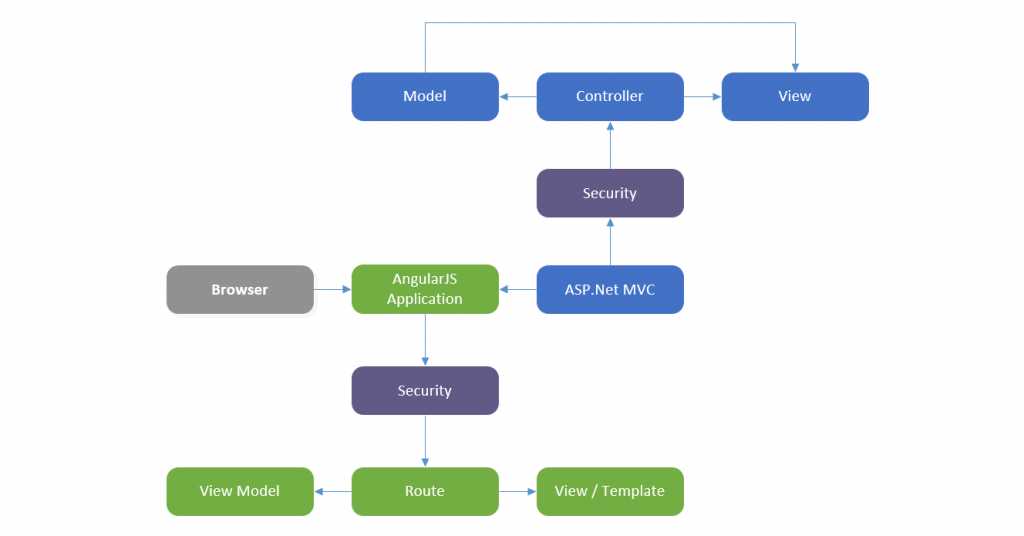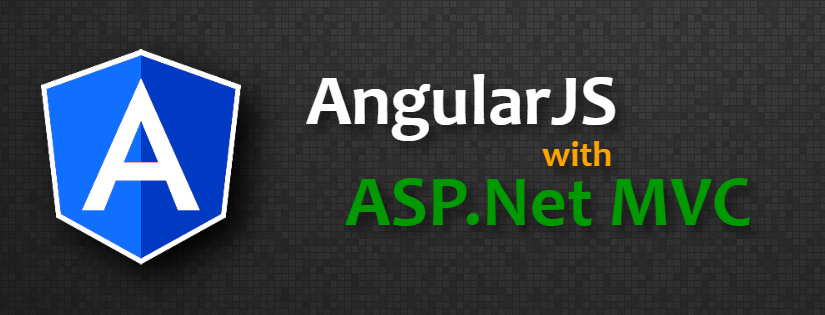Introduction
AngularJS is a well known word and identifies itself as one of the major JavaScript frameworks know today to most of the front-end developers. There are many among you, who might be already aware of this framework and have worked on it extensively. I recognize it as a MVVM model framework but many of you may say it is a MVC model framework. On the other corner of earth there lives an old and well known Framework from Microsoft known as ASP.Net MVC. Today these two technologies are vastly in use together. I have also created a series of post on the topic of using AngularJS with ASP.Net MVC.
Agenda
These posts shows how these technologies are combined together to build an effective web application, which has the beauty of AngularJS and power of ASP.Net MVC. The purpose of these posts is to cover up a few basic concepts, which gives you the idea on using these two worldly technologies together. I am not going to teach AngularJS or ASP.Net MVC in here. and assume that you have already worked on both of these technologies and want to build some thing which uses both.

There are numerous articles on the web where the same concept has been demonstrated, but it always seems to me there there is something missing. Everyone who is trying to explain the concept of AngularJS with ASP.Net MVC, try to squeeze the topic in one or two posts or get distracted 2 much that the readers loose the track. Again this is my personal opinion, and you might have found the best article on this already. My way of explaining this is little bit different and I like all clean from beginning. During these posts you will see a minimal ASP.Net MVC Application with AngularJS implemented on top of that.
Using AngularJS with ASP.Net MVC:
- Prerequisites and Visual Studio Web Application Template
- Create a Simple ASP.Net MVC application
- Cleaning up the Application Template and using Bower
- Obfuscation and Minimize the Scripts
- Completing the ASP.Net MVC application with Twitter Bootstrap
- Start using AngularJS and AngularJS Routing
- Replace Angular Routing with UI-Router States
- Multiple and Nested Views with UI-Router
- ASP.Net MVC Area and AngularJS Modules
- Authorization of Content in AngularJS
- Authorization or content in ASP.Net MVC for AngularJS
You can go through the list and navigate through each of the posts to understand basics of using AngularJS with ASP.Net MVC. In case you have any queries on this topic, you can always reach be by leaving your comments below. Hope you will enjoy the topic and this will help you the concept at the core level.
Please leave your feedback in case you find any difficulties in understanding or have any confusion here. It will help me in improving the upcoming posts.
Have a nice days … Cheers!
